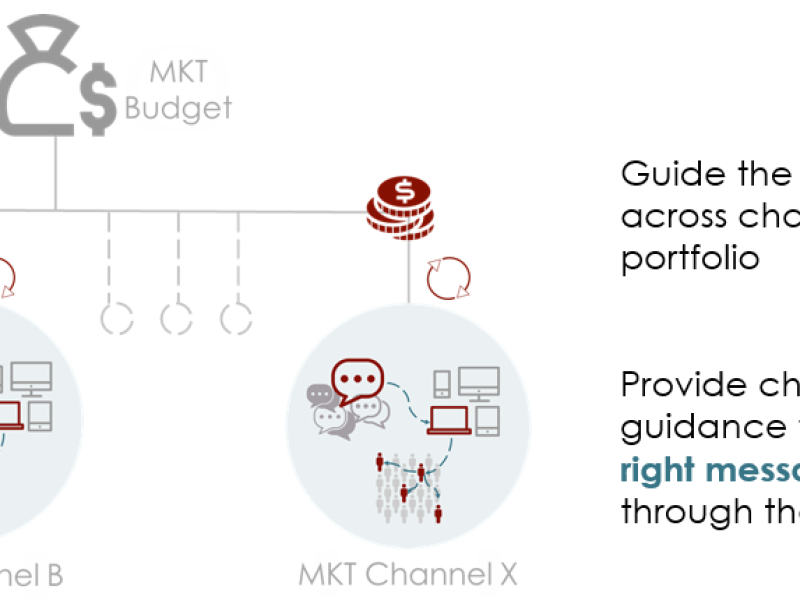Workplace diversity is not just an ethical issue. Teams that overcome diversity issues (e.g., gender, race, ethnicity, experience) often achieve greater productivity than homogeneous teams. If you’re surrounded by people who are different from you, you will be constantly challenged to reexamine facts, think deeper, and explain better. In this way diversity can enhance creativity and boost team performance and technological innovation.
1 Min Read
Last year, Wayfair launched Visual Search, a new and novel way to find products on our website. Users can now upload photos of furniture they like and find visually similar matches in an instant. If you need a little refresher on this technology, the original blog post can be found here.
4 Min Read
As data scientists, we face a variety of problem types. One of our critical challenges is identifying the proper methodological approach to solve each problem. By doing this, we avoid force-fitting the wrong tool to solve a problem, and we avoid having to reformulate a question to fit a specific method.
2 Min Read
A Cornucopia of Area Rugs: Will a Diverse Set of Choices Help Customers Find More of What They Love?
Right now, Wayfair has about 86,000 rugs available for purchase. On the first page of our rug category page, however, we only have room for the top 48. You see even fewer if you don’t happen to scroll or swipe down. When it comes to our customer’s experience, what we choose to place at the top makes a big difference! At present, we don’t explicitly showcase a diverse array of products. On browse pages for categories such as rugs, couches, or coffee tables, we instead combine personalized recommendations with the general popularity of products.
7 Min Read
Me: Doug, what are you doing?
3 Min Read
Our story begins in Holland in 1997, where a researcher named Stijn van Dongen, who is pretty good at Go, has a 5-minute flash of insight into modeling flows with stochastic matrices. He writes a thesis about it and makes a toolkit called MCL with a free software license.
4 Min Read
When you sit down to write a recommendations system, there are quite a few well-practiced techniques you can use, and it's difficult to know in advance how well they are going to work out when applied to your data. Thanks to the Netflix prize, which was initiated in 2006 and awarded in 2009, a lot has been written on recommender systems for the Netflix data set. If you happen to have a product catalogue similar to Netflix's (those movies from the 60s are still being viewed and rated), and your users happen to have scored it with a 5-point explicit ratings system, there are some awesome advanced techniques and frameworks that you can take for a spin. Does that sound like you? Show of hands? I didn't think so. Our data is certainly nothing like that.
4 Min Read











